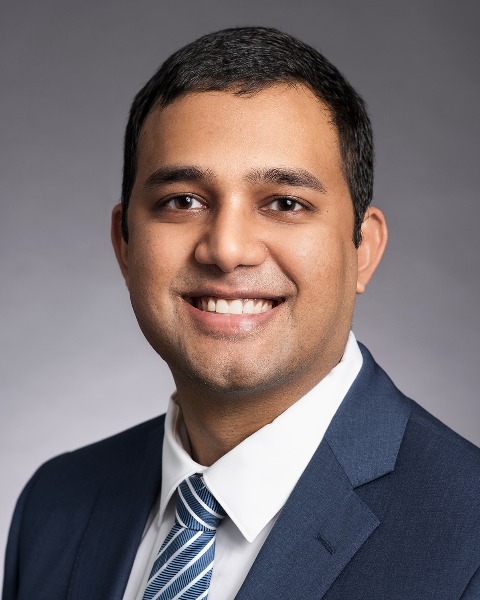Back
Poster Session B - Monday Morning
B0166 - Increasing FIT Return Rates Through Public Outreach vs Clinic Distribution
Monday, October 24, 2022
10:00 AM – 12:00 PM ET
Location: Crown Ballroom

Sameer Prakash, DO
Memorial Hermann Health System
Spring, Texas
Presenting Author(s)
Introduction: The incidence of colorectal cancer (CRC) in the United States is increasing, and it remains the second leading cause of cancer death in the United States for men and women combined. The American Cancer Society recommends adults aged 45 years and older with an average risk of CRC undergo regular screening with either a high sensitivity stool-based test or structural (visual) examination, depending on patient preference and test availability. The primary objective of our study was to analyze the impact of clinic vs public outreach distribution of kits in return rates of fecal immunochemical tests (FIT) for colorectal cancer screening.
Methods: At public outreach events and daily clinics in the West Texas Panhandle area, participants in the GET FIT program were provided with FIT kits after completing the education on colorectal cancer. Participants who fit the inclusion criteria and had received a FIT kit from the program were included. They were instructed on how to perform the test and mail it back. Participants that did not return the completed kits within two weeks were reminded either by 1) through a reminder letter or 2) by telephone every 2 weeks (+/- 3 days) for 60 days or 5 attempts to contact. We de-identified and analyzed the FIT kit return data from April 2019-March 2020 and calculated the return rates for these kits.
Results: There were 968 patients who were given kits between April 2019-March 2020. 648 kits (66.9%) were returned. Most participants were female (64.3%) and Hispanic (49.6%). Most of the kits were returned without any reminder needed (48.0%) There were 639 kits and 329 kits distributed at clinics and public outreach events, of which 479 (75.0%) and 169 kits (51.4%) were returned, respectively. The average time to return FIT kits was 18.13 days overall and was lower in public events distributed kits (15.84 days) compared to clinic (20.11 days).
Discussion: Fecal immunohistochemical test (FIT) remains one of the primary options for colorectal cancer screening. Due to its lower cost and noninvasiveness, FIT was offered to patients at average risk. Although kits distributed at clinics had a higher return rate compared to those at public outreach events, there was a long average time to return these kits in clinic patients. Future study into methods improving return rates after kit distribution at clinics and public outreach events should be studied.
Methods: At public outreach events and daily clinics in the West Texas Panhandle area, participants in the GET FIT program were provided with FIT kits after completing the education on colorectal cancer. Participants who fit the inclusion criteria and had received a FIT kit from the program were included. They were instructed on how to perform the test and mail it back. Participants that did not return the completed kits within two weeks were reminded either by 1) through a reminder letter or 2) by telephone every 2 weeks (+/- 3 days) for 60 days or 5 attempts to contact. We de-identified and analyzed the FIT kit return data from April 2019-March 2020 and calculated the return rates for these kits.
Results: There were 968 patients who were given kits between April 2019-March 2020. 648 kits (66.9%) were returned. Most participants were female (64.3%) and Hispanic (49.6%). Most of the kits were returned without any reminder needed (48.0%) There were 639 kits and 329 kits distributed at clinics and public outreach events, of which 479 (75.0%) and 169 kits (51.4%) were returned, respectively. The average time to return FIT kits was 18.13 days overall and was lower in public events distributed kits (15.84 days) compared to clinic (20.11 days).
Discussion: Fecal immunohistochemical test (FIT) remains one of the primary options for colorectal cancer screening. Due to its lower cost and noninvasiveness, FIT was offered to patients at average risk. Although kits distributed at clinics had a higher return rate compared to those at public outreach events, there was a long average time to return these kits in clinic patients. Future study into methods improving return rates after kit distribution at clinics and public outreach events should be studied.
